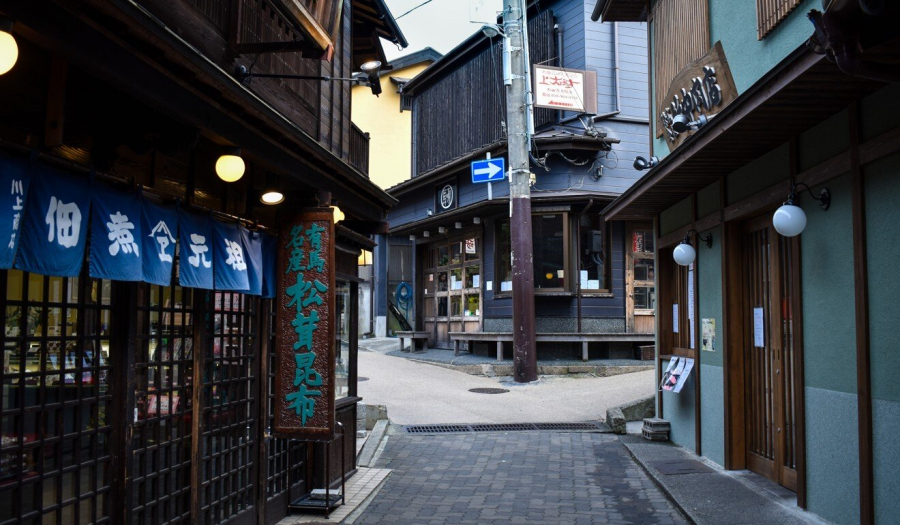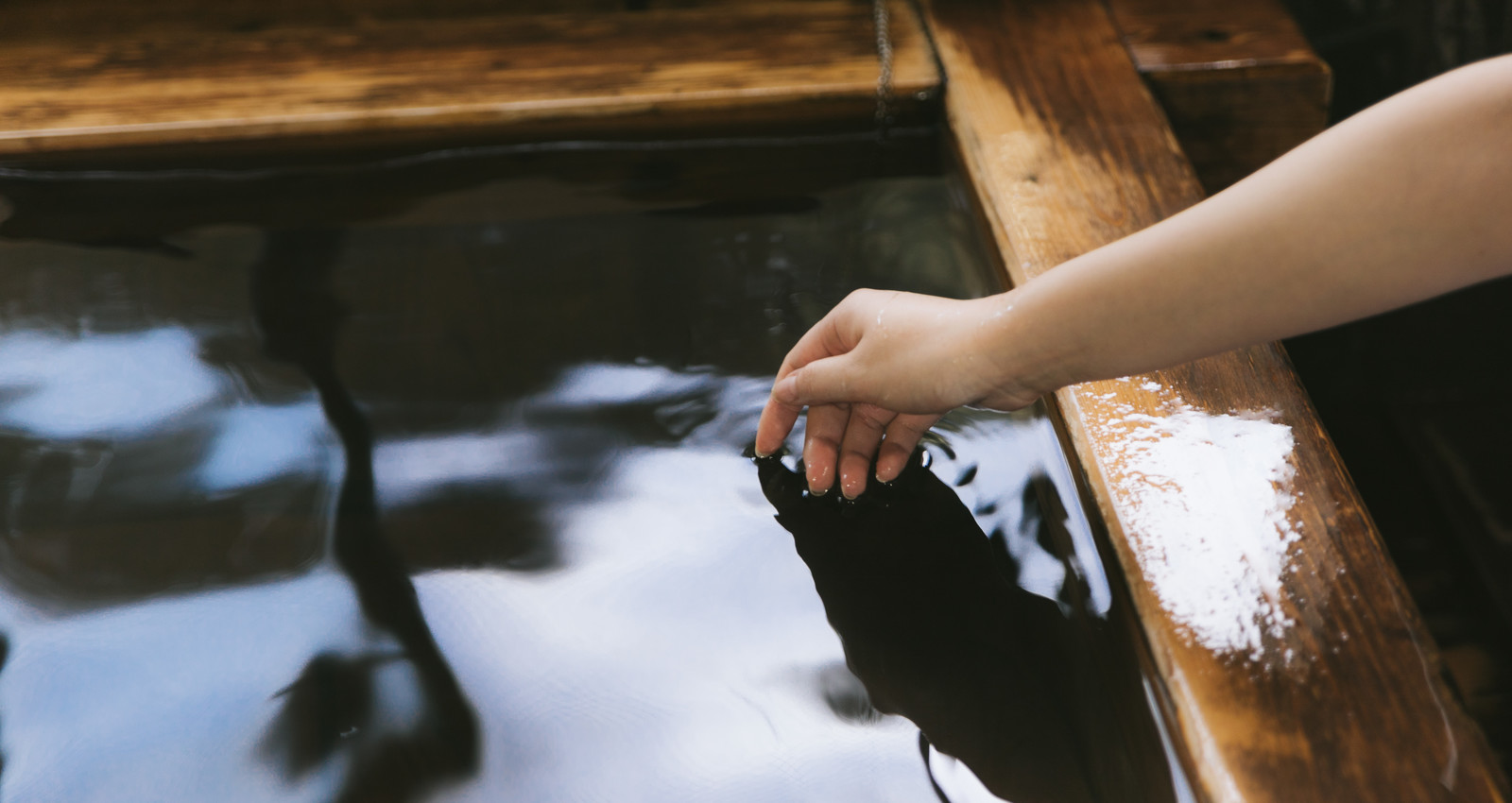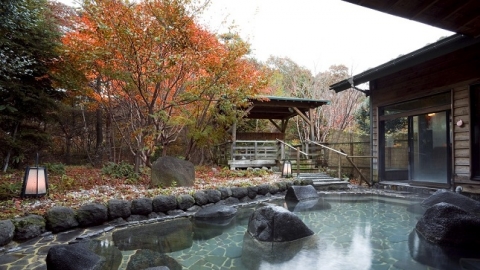“Studies show that 98% of Japanese people visit an onsen bath at least once a year, so relaxing in a hot spring is really important in Japanese culture,” says Kazushige Kanai, owner of Arima Sanso Gosho Bessho onsen in the resort town of Arima, near Kobe.
"Since the lockdown came into effect, very few people have been able to come to Arima, we understand and don't want visitors coming because of virus concerns - but we really want to do something to help people," Mr Kanai said.
Kanai's initiative was to create a virtual reality experience, recreating scenes so guests feel as if they are immersed in hot springs.
"People who are in quarantine are definitely feeling stressed, and they think they need to do something to relieve stress. So we want to bring the onsen experience as close to reality as possible to those who want it," Mr. Kanai explained about his desire to show concern for customers.

An Arima Onsen employee tries out a virtual reality experience using a VR Headset in a bathtub filled with mineral water from the hot springs.
Kanai and three colleagues filmed five of the town’s 31 onsen facilities, posting 20-minute videos on YouTube. The videos include the sounds of running water, falling cherry blossom petals and bamboo rustling in the wind.
"Currently, about 90% of the onsen facilities in Arima are closed, although we still welcome visitors," Kanai said.
He hopes to have three more establishments join the project soon, and eventually all of Arima’s onsen rooms. Then they can connect with other locations across the country, so people can experience onsen wherever they are.

Most of the traditional onsen facilities in Arima have closed due to concerns about the Covid-19 epidemic.
Concerns that social distancing would limit regulars at Kosugiyu public bathhouse in Tokyo’s Koenji district also inspired Enya Honami to come up with a similar idea to allow people to enjoy a visit to the sento without leaving home. Visits to the bathhouse have recently dropped by about 40%, according to Honami, a Kosugiyu employee and illustrator. But she said customers could bathe remotely thanks to online videos.
Videos from Kosugiyu, one of Tokyo's oldest surviving sento, dating back to 1933, have so far garnered nearly 50,000 views on YouTube. The series is really simple, just recording water flowing into a bath, or the surface of an outdoor bath for an hour. Some videos allow viewers to explore the space in 360oaround this traditional old bath.
To date, Honami says there are more than 50 public bathhouses that have caught on to the new trend, with videos posted daily.






















.JPG.JPG)




.JPG.JPG)






